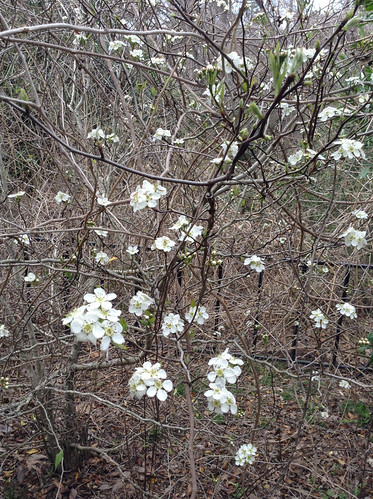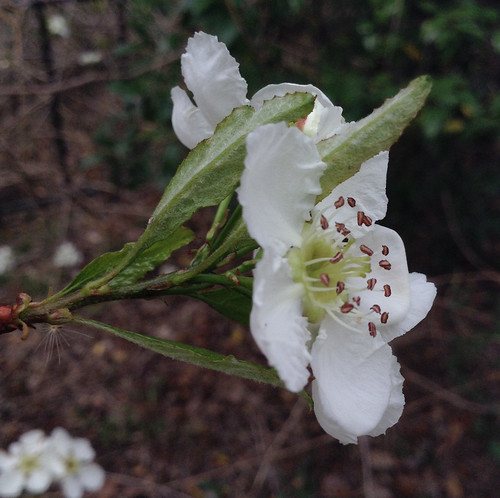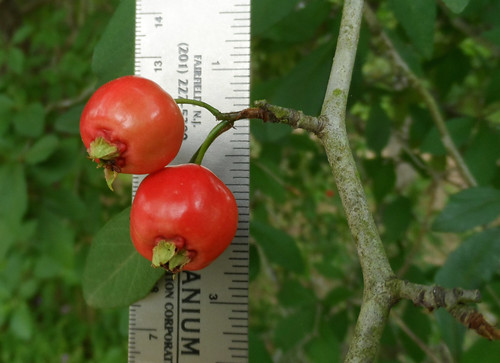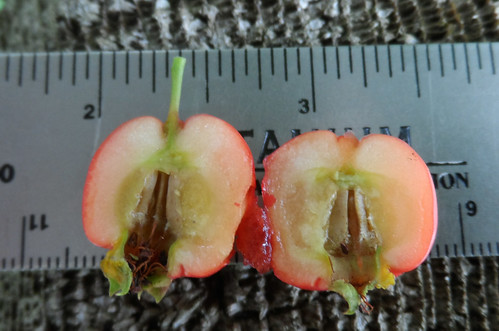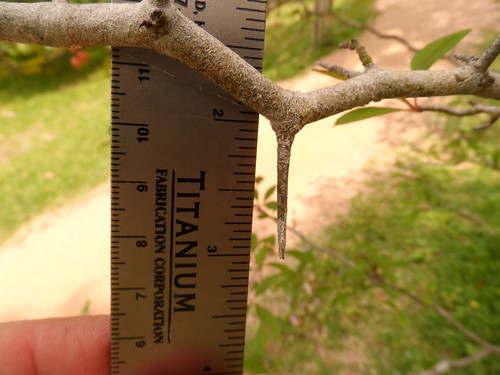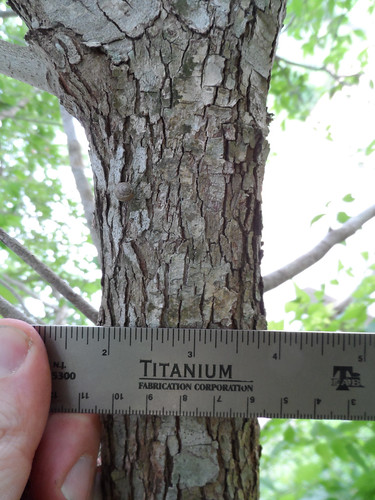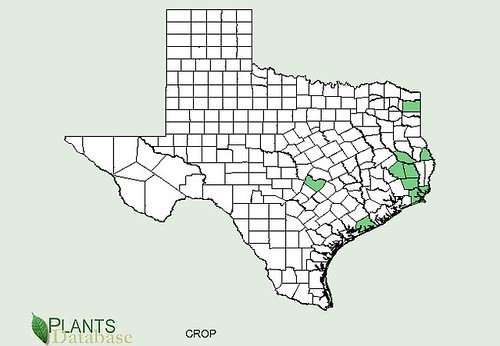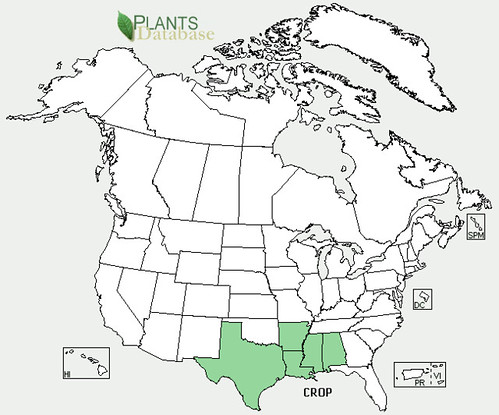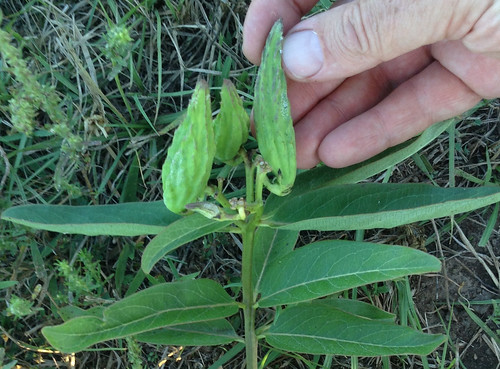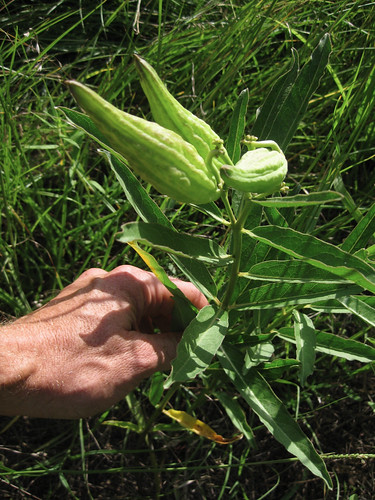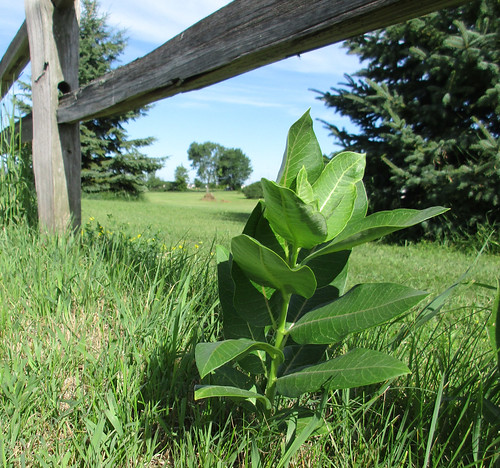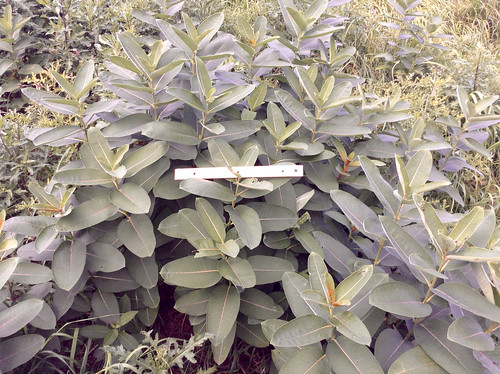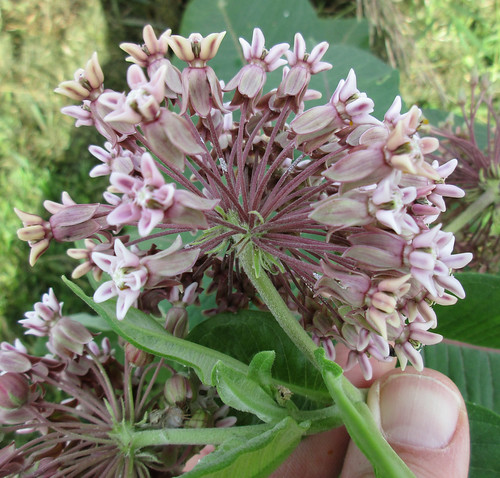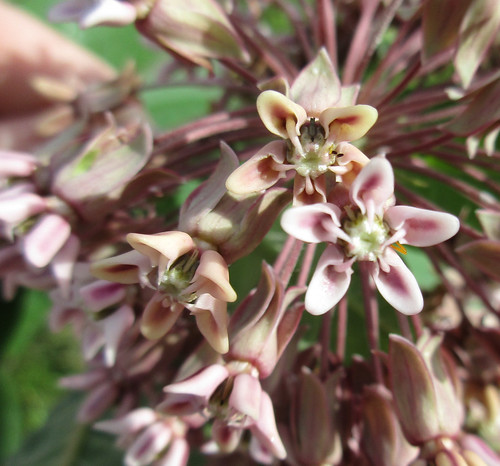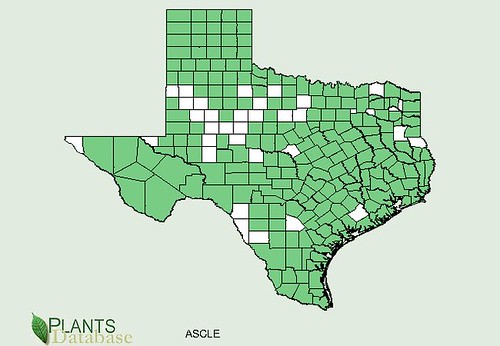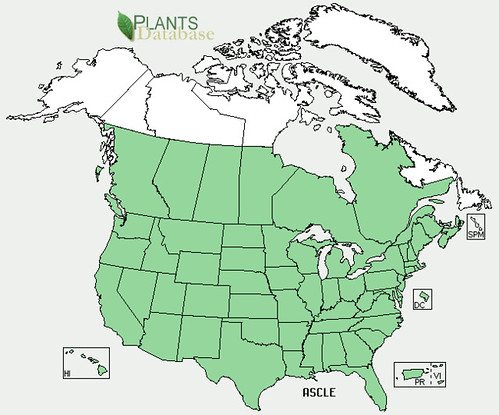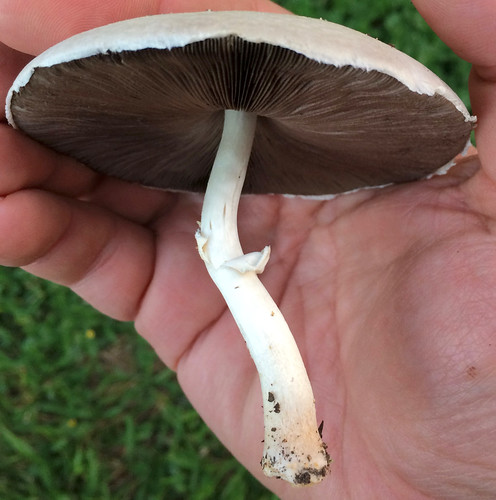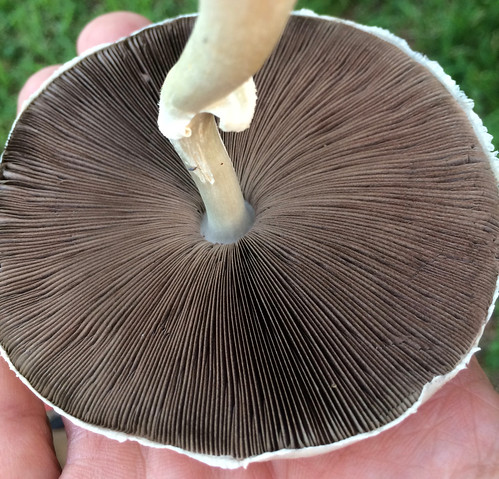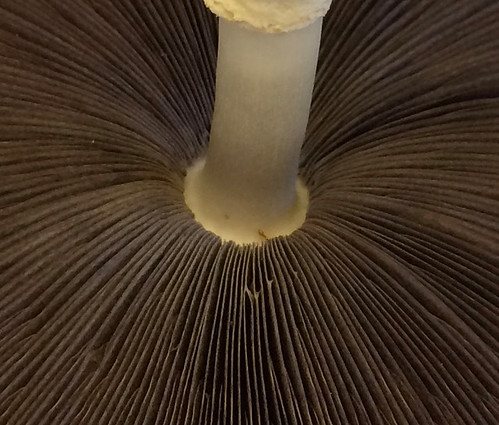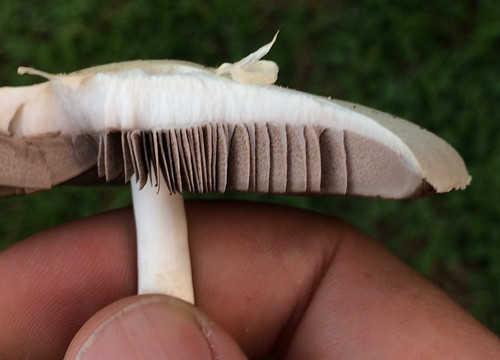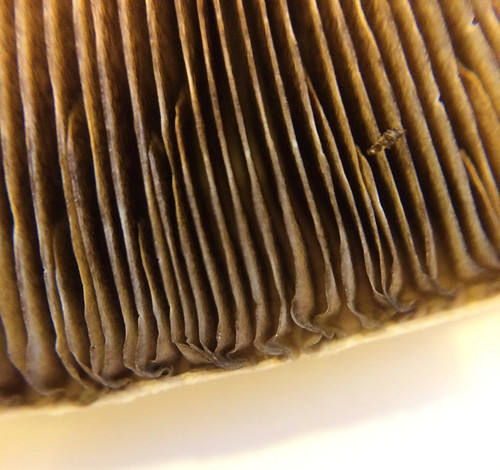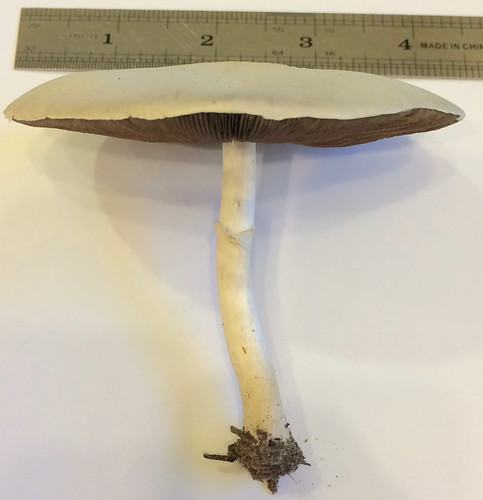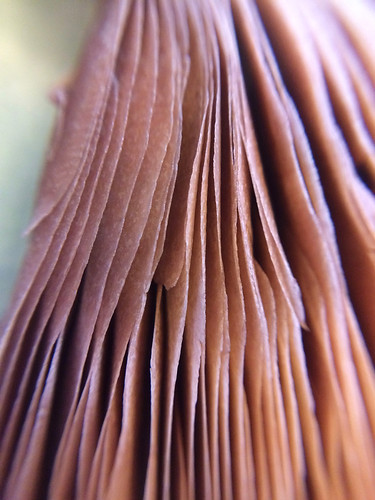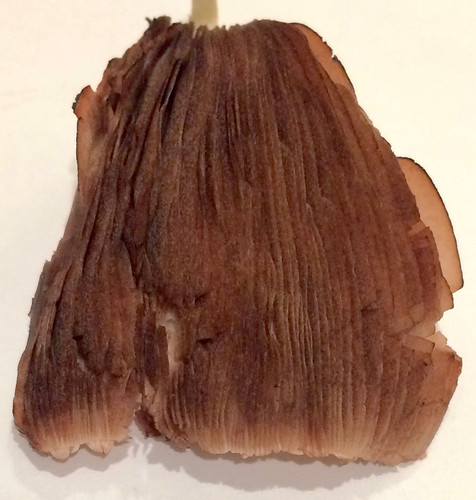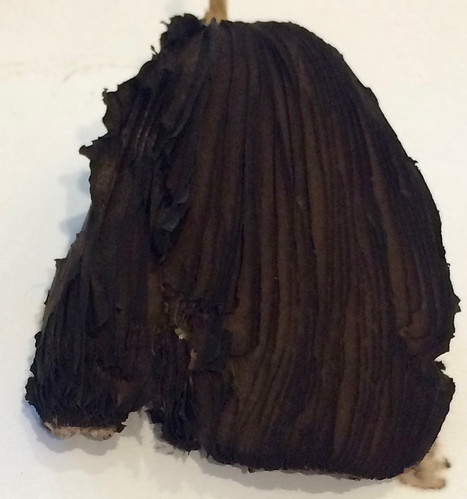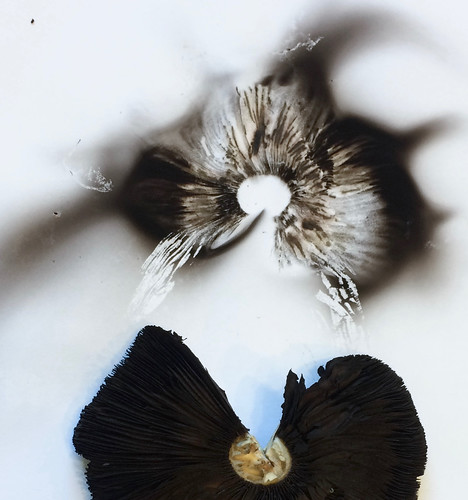Scientific Name(s): Pleurotus ostreatus
Abundance: uncommon
What: cap, stem
How: cooked
Where: on dead wood
When: winter
Nutritional Value:
Dangers: Don't mistake Jack O'Lantern mushrooms (Omphalotus olearius) for oyster mushrooms.
COLLECTING MUSHROOM REQUIRES 100% CERTAINTY. WWW.FORAGINGTEXAS.COM ACCEPTS NO RESPONSIBILITY FOR IDENTIFICATION ERRORS BY ANY READERS.
Growth Form: Pleurotus ostreatus typically grows in clusters on dead or dying wood.
Cap Shape and Size: The cap is oyster or fan-shaped, measuring 2 to 8 inches across. The color varies from white to gray or tan.
Gills or Pores: The gills are false, white to cream, and run down the stem (decurrent).
Stipe Characteristics: The stipe, when present, is short and off-center. It's white to light brown and may be absent in some specimens.
Odor: This species usually has a mild odor, not distinctive.
Bruising: There is no significant color change on bruising.
Spore Color: The spore print is lilac-gray.
Substrate and Habitat: Commonly found on hardwoods, especially beech and oak, but also on other deciduous trees and conifers.
Other Characteristics: Known for its oyster-shaped caps and preference for growing on wood, Pleurotus ostreatus is a popular edible species. The flesh is white and can be quite thick on larger specimens.
More oysters (Pleurotus ostreatus).
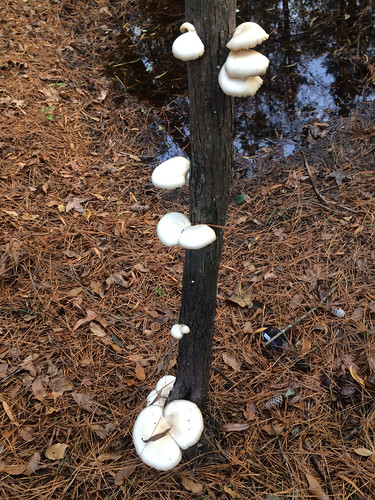
Older oyster mushrooms get "frilly" along their edges.
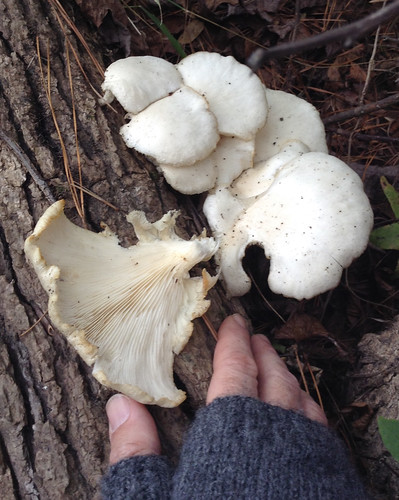
Older oyster (Pleurotus ostreatus) clusters beginning to turn brown.
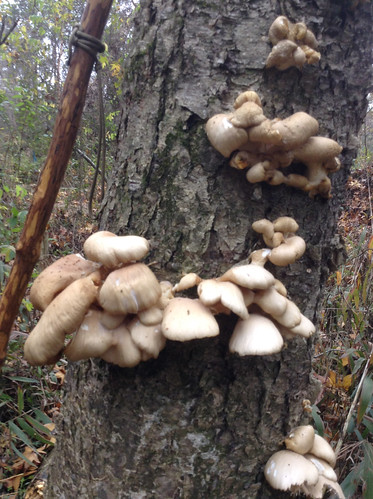
Really old oyster mushrooms.
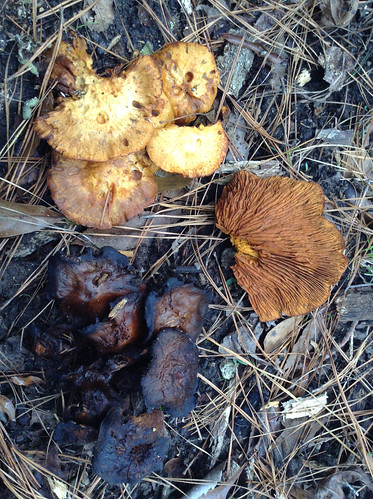
Close-up of gills of an oyster mushroom (Pleurotus ostreatus) cluster.
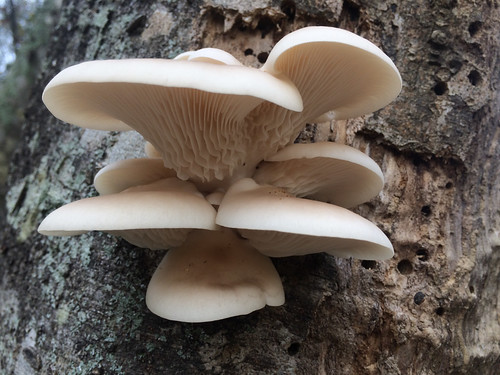
Extreme close-up.
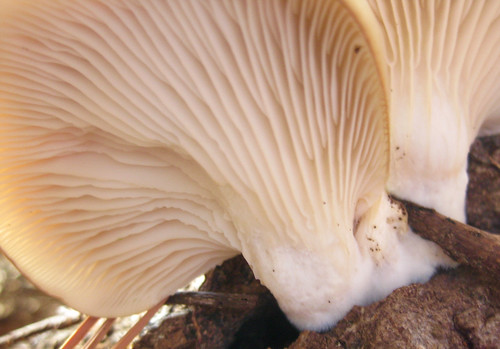
Oyster mushrooms have false gills, where the gill material is just a continuation of the cap rather than a separate, different colored tissue easily separated from the cap.
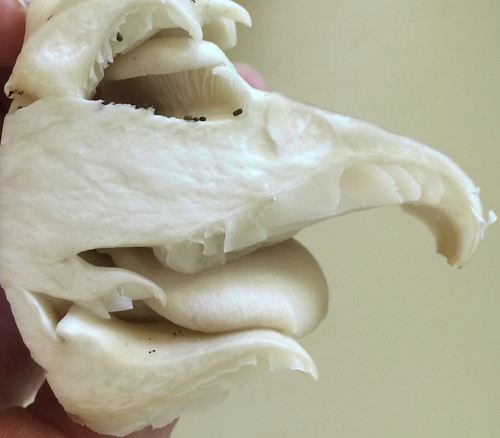
Really old oyster mushrooms turn tan-brown. Oyster mushrooms only grow on dead wood such as this partially buried root of a dead tree. The inside, creamy-white sections of these mature oyster mushrooms are still edible.
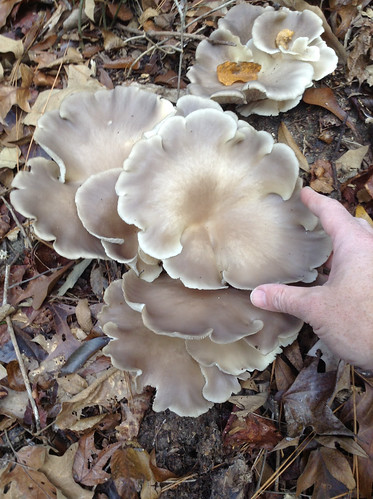
Side-view of the above oyster mushrooms (Pleurotus ostreatus).

More dead-root-growing oyster mushrooms. It'll be hard to find any edible portions in these.

Oysters (Pleurotus ostreatus) ready to be cooked.
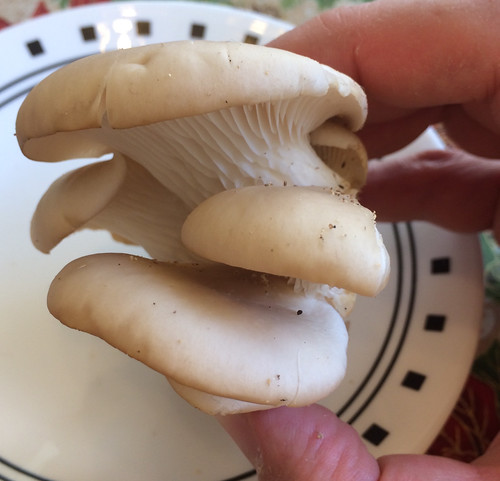
Gills of the mushrooms ready to be cooked.

Backside, where the cluster was attached to the dead wood of oyster mushrooms ready to be cooked.
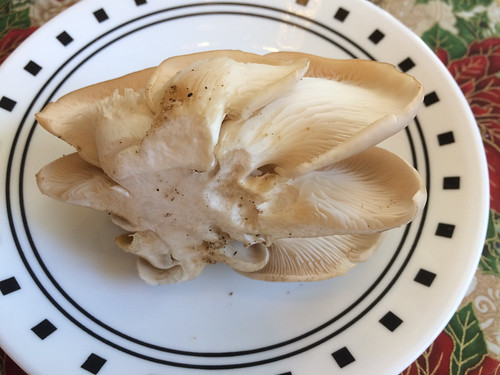
Spore prints are a very pale lavender, appearing almost white.
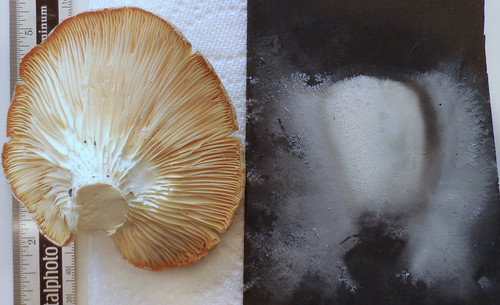
Cold, wet weather means it's time to hunt oyster mushrooms. Head into the woods, the deeper the better and look for dead trees, ideally near some water or a wet spot. Oysters, like most mushrooms, grow better in moist wood. They prefer hardwoods like oaks, hickory, sweetgum, hackberry, etc. I've never seen them on pines or cypress trees. There will usually be multiple oysters on the same tree but don't take them all. You want to leave some of the caps behind so they can spread their spores to other trees. Note, they don't kill healthy trees as they can only grow in trees that are already dead.
Look for clusters of white to gray-tannish mushrooms. Key identifiers are:
1. Gills that run down the stem of the mushroom. This feature is called "decurrent gills".
2. The gills are false, actually being a continuous growth from the cap flesh. There's no demarcation line between the cap and gills as found with true gills.
3. The mushroom's stem will be off-center of the mushroom cap. Imagine the saucer section of the Starship Enterprise and the column that connect's it to the main body of the spaceship.
4. The mushrooms will form clustered "shelves" on the dead tree with their stems fused together.
5. Oyster mushrooms have a vague "anise" odor unlike the traditional mushroom smell.
6. No rings on the stem.
7. Surface is smooth and moist with the top of the cap being white to gray-tan.
8. Inner flesh is white.
9. Spore print is a light lavender/lilac color which shows up best against a black background.
If the surface is starting to dry out our the underside is turning a yellowish color the oysters are too old to eat. However, the next time a cold rain falls it's likely a new batch of oysters will form at that same spot.
Jack O'Lantern mushrooms are a bright orange mimic to oyster mushrooms that also grow on dead trees. While Jack O'Lanterns do have decurrent gills, their gills are true gills, being a separate structure from the cap flesh. Of course, the orange color is strong indicator but also the stem grows from the center of the cap. The spore print of Jack O'Lanterns is white to yellow which may lead excited oyster hunters astray. Note, Jack O'Lantern's won't kill you if you eat them but they'll make you wish you where dead as you puke your guts out. Make sure you have oysters!
Oyster mushrooms should always be cooked so as to kill any bug lava/eggs hidden in the gills. Chill, you won't takes the bugs and they'll add extra protein to your meal. I suppose one could spend a bit of time going through the gills picking out any visible bugs or slugs. If you do find slugs cut out and throw away the sections where the slugs were eating so as to not include the off-flavored slug slime. Seriously though, these are great mushroom!
